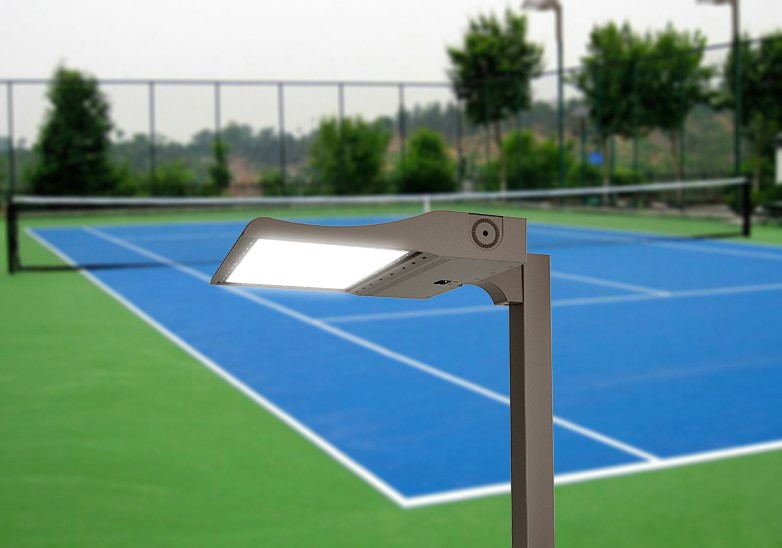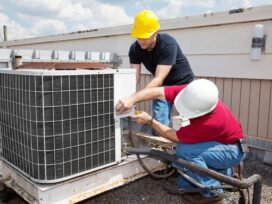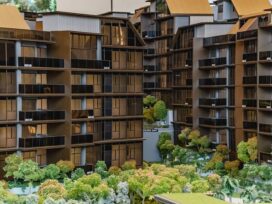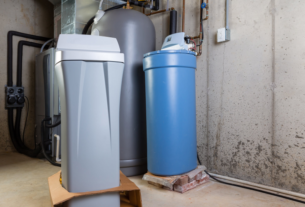
Tennis Court Lighting Layout & Lighting Design
When you are playing tennis, and the ball comes up to you, it is difficult to see whether a shot is good or not. This is where lighting for tennis courts comes in. Tennis court lighting helps players and spectators with lighting at night so that when players shadow your view of the ball, they can see where the shot landed.
This guide highlights some important guidelines when deciding on the layout of your tennis court lights and how each light might be best used in different situations. We hope that this article will help you decide how best to light your tennis court.
Which lighting options should be considered for tennis courts?
There are four basic ways to light a tennis court, depending upon the lighting needs of the court. All courts should have a primary light source, either spotlight, floodlights, or accent lights. The second common means of lighting is fluorescent lights attached to the court’s underside.
Suppose you would like more sophisticated lighting options for your project. In that case, you can add motion-activated fluorescent under-lighting in your corner areas and backboards that have dimmers and simple on/off switches.
What Lights Are Used For Tennis Court Lighting?
Floodlights are the only lights designed specifically to be used on tennis courts. They are much more powerful than typical general lighting, and they can be installed with basic electrical wiring through the open floor of a tennis court. The strength of these lights allows them to generate an abundance of light in an area.
Spotlights can also be used for tennis courts, but they have some serious shortcomings compared to floodlight fixtures. The size of a spotlight is too small for the demands that one can place on a spotlight in lighting up a tennis court.
Tennis Court Lighting Design
The two main types of tennis court lighting are primary and secondary. Different lighting needs of the court require different lighting systems.
- Primary tennis court lighting is the primary light source placed in one area of the court. This light shines down on the court and bounces off the hard surfaces allowing it to be easily seen by the players and spectators.
- Secondary lights are placed on the sides of a tennis court, especially at corners and sidelines where shadows tend to form during play. These lights are placed in areas where extra lighting is needed to illuminate parts of the court that may not be reached by primary lamps or a secondary light source like an under-court florescent system may not cover.
Conclusion:
In this Conclusion, you can see that you should have a proper lighting design for your tennis court. The primary light source is very important for the players and spectators because it provides them with light where there is no natural light. A properly designed lighting system at least provides sufficient lighting at night. In this case, you should try to use an electrical system instead of the light fixtures on the ground because it will be more durable than using the fixtures on the ground, which can cause damage to the hard surfaces of your indoor tennis court.







